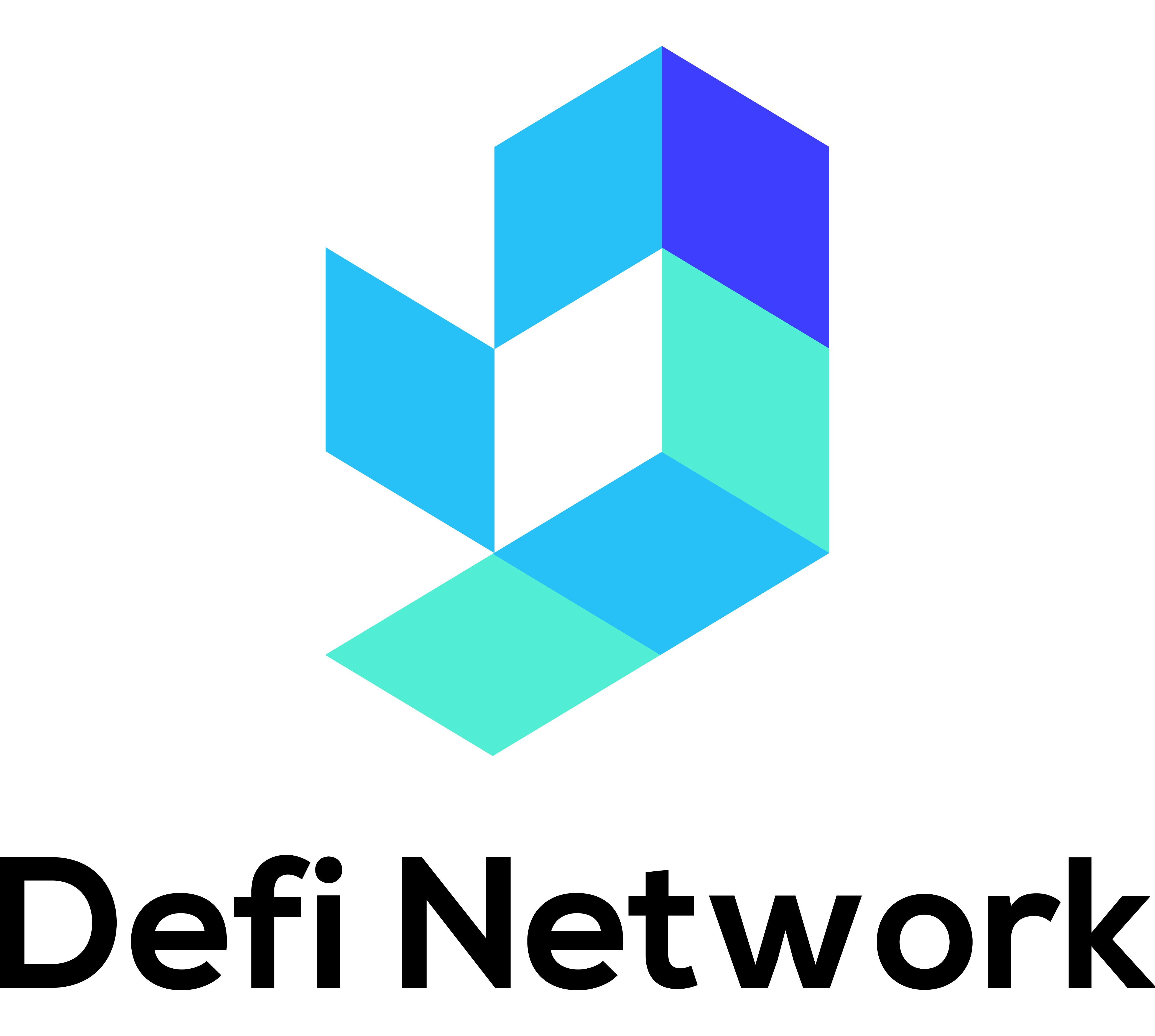In the ever-evolving landscape of digital assets, Nonfungible Tokens, or NFTs, have emerged as a revolutionary force, transforming the way we perceive and trade unique representations of digital and physical goods. This article delves into the essence of NFTs, exploring their origin, functionality, and potential applications beyond the art world.
Understanding NFTs: A Unique Digital Ecosystem
Defining NFTs
Nonfungible tokens, in essence, are verifiably unique representations of digital and physical goods. Unlike traditional fungible assets like U.S. dollars, where one unit is interchangeable with another of the same value, each NFT possesses distinct characteristics that set it apart from the rest. This individuality extends to the makeup and, consequently, the perceived value of each token.
Real-World Comparison
To grasp the concept, let’s draw a parallel with the physical world. U.S. dollars are fungible – exchanging one dollar bill for another doesn’t alter its value. Conversely, items like artwork are nonfungible. Consider the “Mona Lisa” and “The Persistence of Memory”; their uniqueness imbues them with different values, defying the interchangeability of fungible assets.
The Technological Backbone: Distributed Ledger Technology
At the core of NFTs lies Distributed Ledger Technology (DLT), a decentralized and secure system that underpins cryptocurrencies like Bitcoin. NFTs utilize DLT, often in the form of blockchain, to establish ownership and authenticity. This technology serves as a digital certificate, validating the uniqueness and ownership of each NFT.
NFTs in Action: Authentication and Beyond
Authentication in Transactions
NFTs play a pivotal role in authenticating transactions involving unique items. When you own an NFT, you possess a digital certificate verifying your ownership of a particular digital or physical asset. This not only adds a layer of security but also eliminates the risk of counterfeit or unauthorized reproductions.
Beyond Art: Diverse Use Cases
While NFTs gained prominence in the art world, their utility extends far beyond. In 2020 and 2021, NFTs captured widespread attention, finding applications in various sectors. Companies, for instance, leverage NFTs to track internal resources efficiently, ensuring a transparent and accountable system. Platforms also utilize NFTs for verifying subscriptions and usage, adding an extra layer of security to digital interactions.
Unveiling the Potential: What Lies Ahead for NFTs
As we navigate the NFT landscape, it becomes evident that the potential applications are vast and diverse. The ability to establish authenticity and ownership in a digital realm opens doors to innovative solutions across industries. From decentralized finance to supply chain management, NFTs could redefine how we interact with and value digital assets.
The NFT Revolution: A Conclusion
In conclusion, Nonfungible Tokens have ushered in a new era of digital ownership and authenticity. The uniqueness embedded in each NFT, coupled with the security of distributed ledger technology, has positioned these tokens as more than just a trend in the art world. The journey of NFTs is a dynamic one, with evolving use cases promising a transformative impact on how we perceive, trade, and value digital and physical assets in the years to come. Embrace the NFT revolution – a digital frontier where uniqueness reigns supreme.




